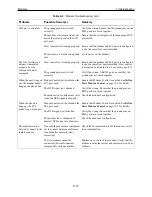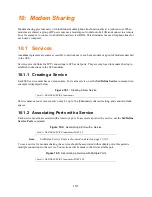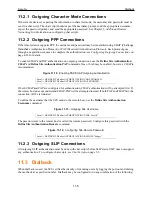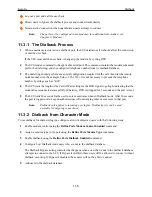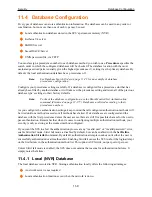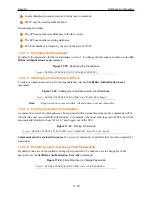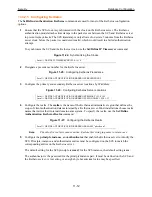
11-1
11: Security
The SCS enables you to secure your network in a number of ways. Supported security features include:
Authentication of incoming connections, discussed on page 11-1.
Authentication of outgoing LAN to LAN connections, discussed on page 11-4.
Dialback during incoming connection attempts, discussed.
Databases which store authentication information, discussed on page 11-9.
Restriction of user access to commands and functions, discussed on page 11-19.
Event logging, discussed on page 11-25.
11.1 Incoming Authentication
Incoming connections may be one of the following types: character mode (Local> prompt) logins, PPP
logins, SLIP logins, or virtual port logins. When incoming authentication is configured, users must prove
their identity before their connection to the SCS is permitted.
The connection type affects the authentication sequence and how the authentication information is
transferred.
11.1.1 Character Mode Logins
Each SCS serial port may be configured to support any combination of the following:
A server-wide login password
A username/password pair
Dialback on serial ports with modems attached
This section describes the login password and the username/password pair. Dialback will be discussed in
the following section.
Note:
To configure a port to support character mode, see Port Modes on page 8-3.
11.1.1.1 Login Password
To set the login password, use the
Set/Define Server Login Password
command.
Figure 11-1:
Defining the Login Password
Note:
The login password can be up to 16 characters long. The default password is
“access.”
Local>> DEFINE SERVER LOGIN PASSWORD badger
Summary of Contents for SCS
Page 14: ...xii ...
Page 171: ...Modem Sharing Examples 10 6 ...
Page 314: ...Command Reference Service Commands 12 110 ...
Page 403: ...Show 802 11 Errors Rightmost Number B 5 00000002 Internal error 00000001 Internal error ...
Page 424: ...Index 13 ...








